Overview
Map
Other Details
دير مار فوقا
Ghalboun
Jbeil
Mount Lebanon
دير مار فوقا - غلبون دير مار فوقا في أعالي بلدة غلبون يعود بناؤه إلى الحقبة البيزنطيّة في القرن السادس. مع مرور الزمن، أصبح الدير أطلالًا وعبثت فيه عوامل الطبيعة. بقي من البناء بقايا الكنيسة التي أخذت شكلها الحاليّ في القرون الوسطى. الكنيسة بسوقٍ واحد بدون سقف وبحنية دائريّة. The monastery of St Focas - Ghalboun The monastery of St Focas was built in the VIth century during the Byzantine era. With time the monastery became abandoned, the only remains were those of the church that took its shape in the middle ages. The church is a single nave structure with no roof and a semi circular apse.
Visited 2131 times, 3 Visits today


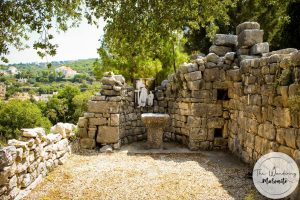
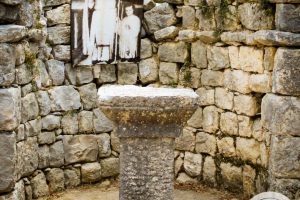
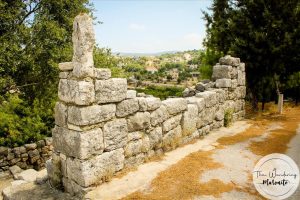
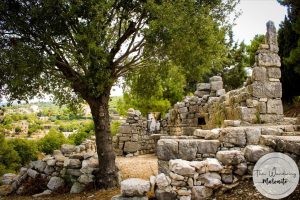




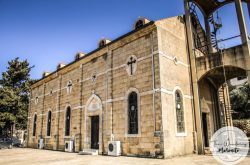
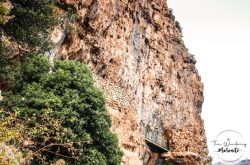
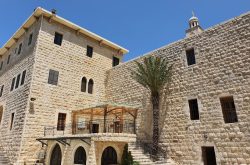
Reviews are disabled, but trackbacks and pingbacks are open.